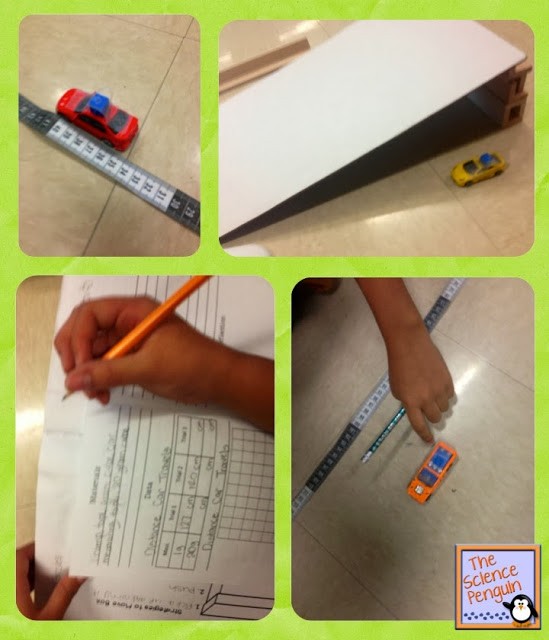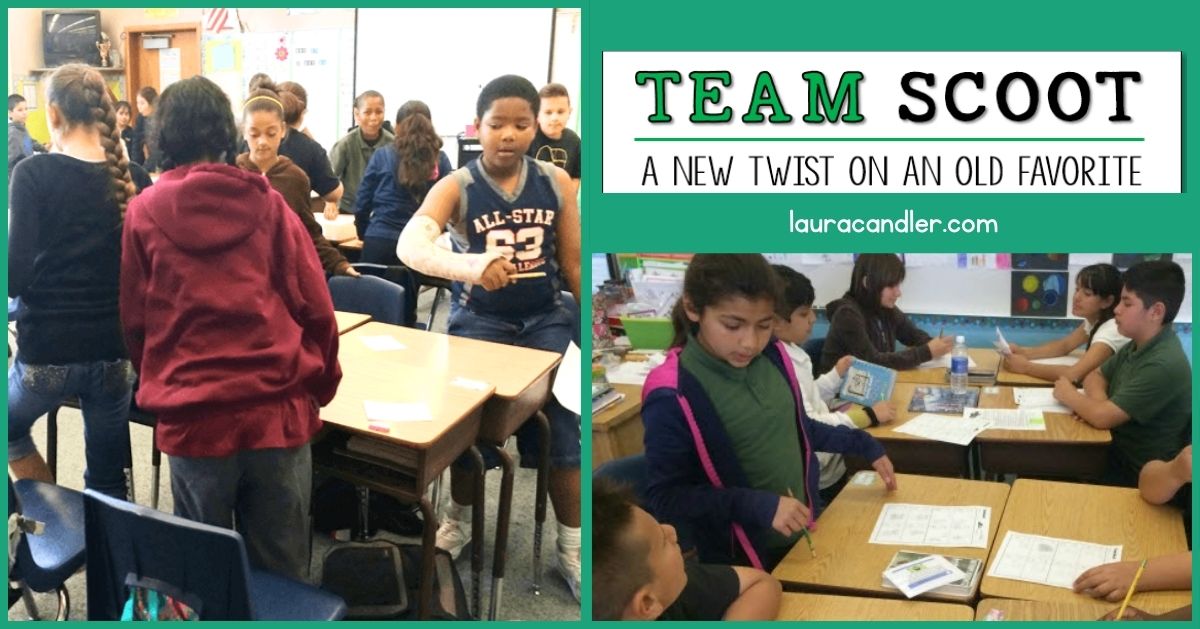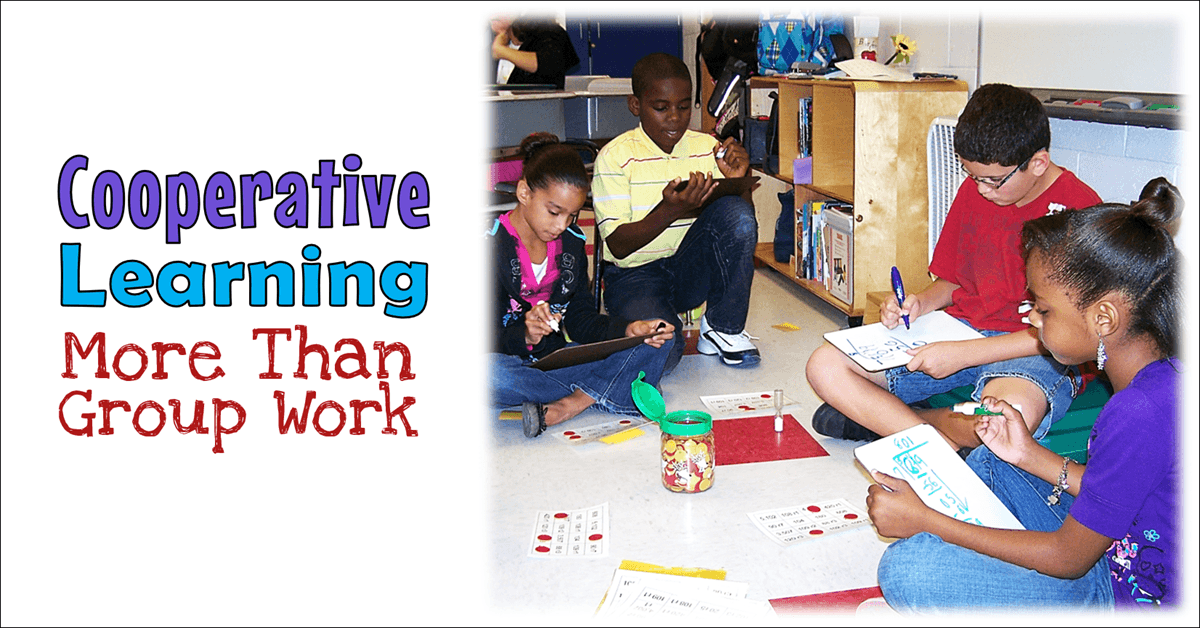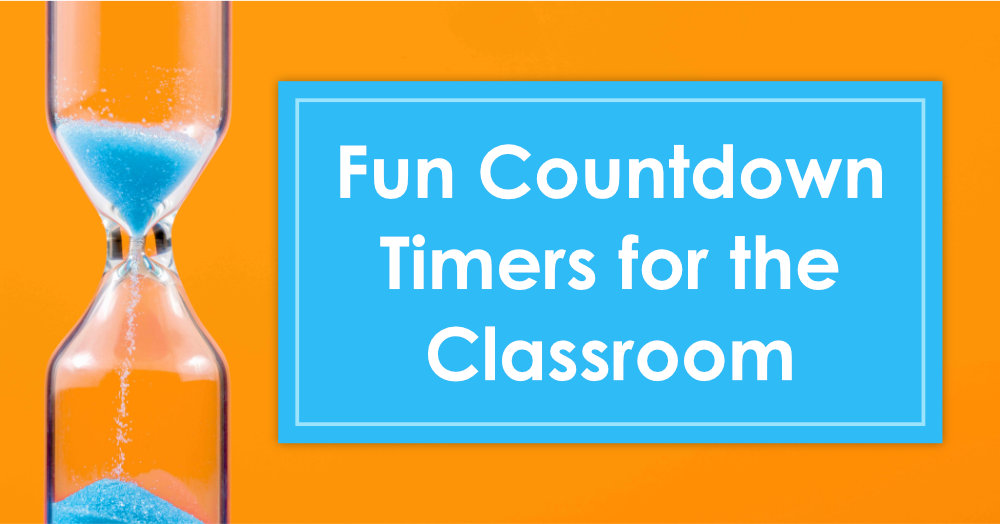Guest blog post by Ari Huddleston
Looking for some major student engagement? Teaching students about forces is a lot of fun because you can use toys! You can use playground equipment, pull-back cars, toy cars, marbles, balloon rockets, yo-yos, and spinning tops.
During our study of force, my 5th grade classes completed a 2 day experiment using the scientific method to determine if mass affects the distance a toy car will travel down a ramp. I wanted to focus specifically on science process skills with this activity.
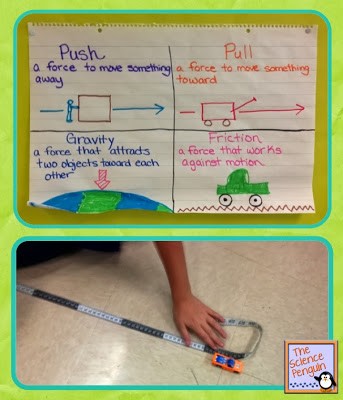
My classes are still not ready to go through the scientific method independently, so we do parts together. I will release them over time as they show they are ready for independence. Students record everything in their science notebooks.
Day 1
- I gave students the question.
- They wrote their own hypothesis in the format I prefer. “If _______, then ________ because _______.
- We shared hypotheses.
- In groups, they discussed how the experiment should be set up. I loved hearing many of my students insist on performing multiple trials.
- We came back together to write the procedures.
- They wrote the materials list by going through the procedures and seeing what is needed.
- We discussed and identified the independent variable and dependent variable. Some students are improving at this, but some still need help.
- We discussed how data should be recorded.
Day 2
- We reviewed students’ lab team roles. {Download free lab team role cards here.}
- Students got to work conducting their experiment. There was 100% active engagement in all groups.
- Students worked on the bar graph of their data in groups.
- Students individually wrote their analysis of what they notice by looking at the data. We always use a sentence stem of “I notice _______.”
- Using a sentence stem, students wrote their conclusions.
- Students completed a reflection by drawing labeled diagrams of the experiment.
Was their data perfect? No. Did they get the same results? No. Were they scientists? Absolutely!
This was a great opportunity for students to THINK and use their science process skills. Remember that science is not just about learning content, it’s about experiencing the content!
What were the procedures your students used?
- Set up a ramp.
- Tape a 1g gram cube to the back of the car.
- Roll it down the ramp and measure the distance from the bottom of the ramp to the back of the car. Record your data.
- Repeat Step 3 two more times.
- Tape a 20g gram cube to the back of the car.
- Roll it down the ramp and measure the distance from the bottom of the ramp to the back of the car. Record your data.
- Repeat Step 6 two more times.
What materials are needed for each group?
- ramp, toy car (preferably a truck), measuring tape, tape, 1g cube, 20g cube
What results did your students get?
- Well, they varied a bit. It was clear that the different masses affected the distance the toy car traveled. I had to work hard when I first started teaching to become comfortable with the idea that students will not always experience the exact thing we want them to experience, especially in science labs. Make sure you have explanations for it and have tried the experiment yourself so you know what issues might arise.
- Any time an experiment does not go just the way it should is the perfect opportunity to discuss variables outside of their control, things students may have done to get inaccurate data, and how the experiment could be improved.
Thank you to Laura Candler for allowing my to do a guest post on her blog! I’m Ari from The Science Penguin. I live in Austin, Texas and teach 3 classes of 5th grade science.

